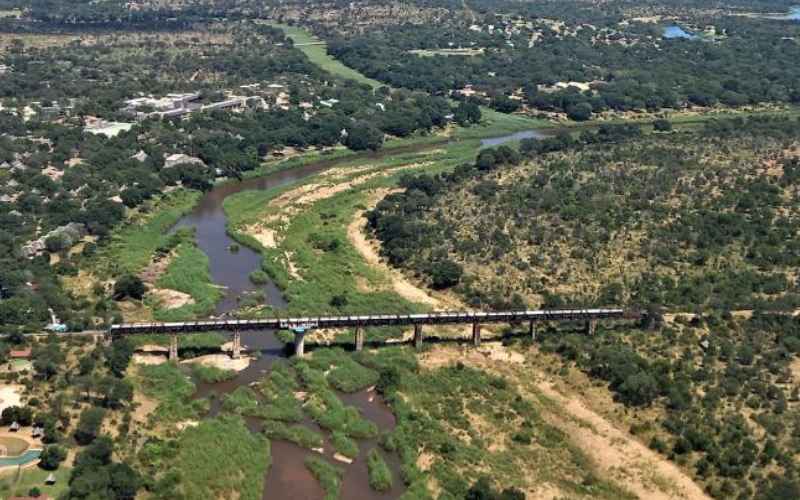×
The Standard e-Paper
Home To Bold Columnists

Perched on Selati Bridge above the Sabie River in South Africa’s Kruger National Park.
From the air, the maroon train below contrasts sharply with the green vegetation on the banks of the Sabie River in South Africa. It may look like any other train, but looks can be deceiving as this is no ordinary train.